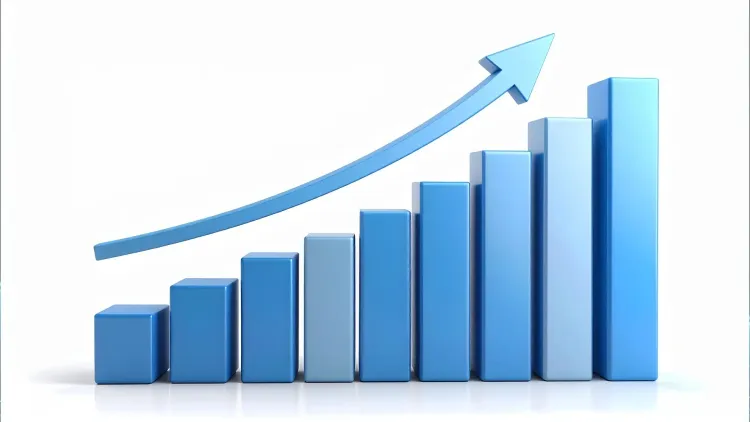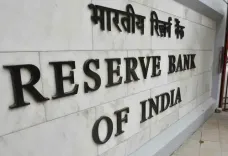Will India Achieve 6.6% Growth in FY26 Despite Global Uncertainty?

Synopsis
Key Takeaways
- India's GDP growth is projected at 6.6% in FY26.
- Key factors include tax cuts and favorable monsoon rainfall.
- Global uncertainties, especially regarding trade, remain a concern.
- A fiscal deficit below 7% of GDP may lead to a rating upgrade.
- China's economic growth is expected to slow down.
New Delhi, July 22 (NationPress) India is projected to grow near its trend rate in FY26, bolstered by improved consumption demand due to recent monetary easing, income tax cuts, beneficial monsoon rainfall, and the potential for sustained low oil prices, as highlighted in a report released on Tuesday.
The Standard Chartered global outlook report anticipates that India will achieve a stable GDP growth of 6.6% in FY26, which is slightly above the 6.5% percent forecast for FY25. While robust macroeconomic fundamentals provide a solid foundation, the bank warns that India is not exempt from tariff risks, and the results of trade negotiations with the US and the EU will significantly influence growth prospects.
Confidence in India's growth trajectory persists even as the bank has slightly revised its 2025 global growth forecast downward to 3.1% percent from an earlier estimate of 3.2% percent, amid ongoing trade policy uncertainties.
Anubhuti Sahay, Head of India Economic Research, anticipates an increase in real purchasing power in FY26. However, she noted, "While urban demand is likely to remain supported by countercyclical measures, urban households may choose to partially utilize the benefits from lower rates and tax cuts to reduce debt and increase savings."
"A combined fiscal deficit that is sustainably below 7% of GDP is a crucial criterion for a rating upgrade, as emphasized by S&P when it upgraded India's sovereign rating outlook to positive in 2024. FY26 will mark the first year in which the combined fiscal deficit will fall below 7% percent of GDP. We also expect a high likelihood of it remaining below 7% percent in the medium term," Sahay added.
On a global scale, the report identifies growing downside risks to the US economy in the second half of 2025, following greater resilience than anticipated in the first half. The inflationary effects of US tariffs are expected to limit Fed monetary easing, with a possibility of one more 25bps rate cut in 2025, although there is a risk of a larger 50bps adjustment at the upcoming September meeting.
China's growth trend appears set to decelerate. While the most severe phases of the US-China trade conflict seem to be over, with China's control over rare-earth production serving as an effective negotiation tool, its economy remains susceptible to higher effective tariffs. Export growth, a vital contributor to its recovery since COVID-19, could experience a significant slowdown by the end of 2025, the report concluded.









